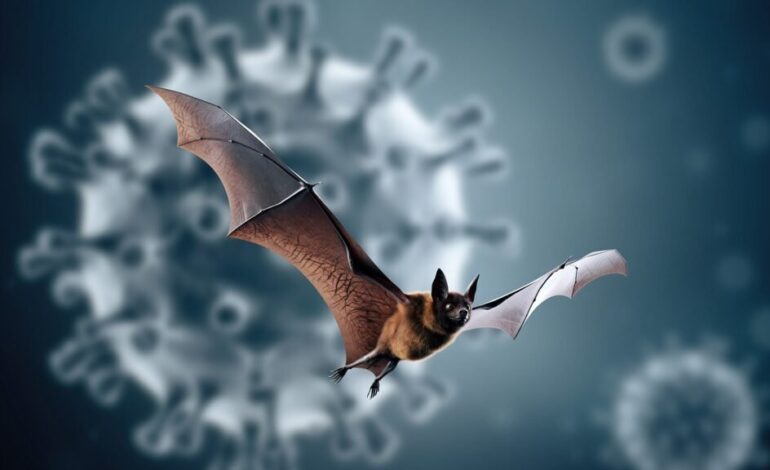Scientists Identify New Bat Coronavirus in Brazil with Pandemic Risk

A team of international scientists has identified new coronaviruses in Brazilian bats that may pose a potential risk for human transmission. This discovery underscores ongoing concerns about the emergence of zoonotic diseases and highlights the need for increased surveillance of viral diversity in wildlife, particularly bats.
Research Findings and Implications
The research, conducted by a collaboration between teams from Japan and Brazil, reveals that these newly discovered coronaviruses are genetically distinct from known strains. The study, published as a preprint on bioRxiv, indicates that these viruses possess characteristics similar to those of SARS-CoV-2, which caused the COVID-19 pandemic. Notably, the viruses have been found to contain a functional furin cleavage site (FCS) at the S1/S2 junction of their spike protein, a feature that may enhance the ability of the virus to infect humans.
The study involved the analysis of intestinal tissue samples from 70 bats captured in Brazil between May and August 2019. The researchers focused on the Parnell’s bat (Pteronotus parnellii) and successfully sequenced the genome of a novel virus, which they have named BRZ batCoV. This represents a previously unknown subtype of betacoronaviruses, indicating a significant gap in the understanding of coronavirus diversity in the Americas.
Call for Enhanced Surveillance
The findings emphasize the critical role that bats play in the transmission of zoonotic diseases. According to the study, “The high viral diversity in bats makes them a central group for zoonotic disease surveillance.” The researchers argue that the limited surveillance of coronaviruses in Brazil and other parts of the Americas could mean that these viruses have been circulating undetected for an extended period.
As the world continues to recover from the COVID-19 pandemic, the potential for new coronaviruses to emerge remains a pressing concern. The research team sees their discovery as an early warning signal, underscoring the importance of monitoring bat populations to identify and mitigate risks before they escalate into widespread outbreaks.
While the similarity of the newly identified virus to SARS-CoV-2 raises alarms, the actual infectivity of BRZ batCoV has not yet been determined. The study calls for further research to assess the potential health impacts and to develop strategies for monitoring and controlling zoonotic diseases effectively.
With this discovery, scientists hope to enhance understanding of coronaviruses and improve global preparedness for future pandemics. The findings serve as a reminder of the interconnectedness of human health and wildlife, urging a proactive approach to zoonotic disease surveillance and prevention.






